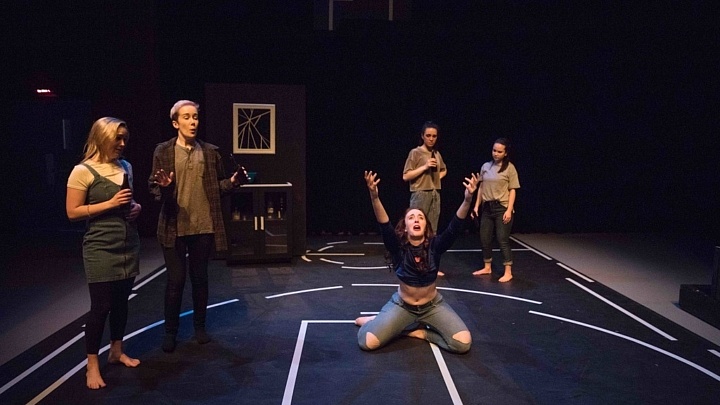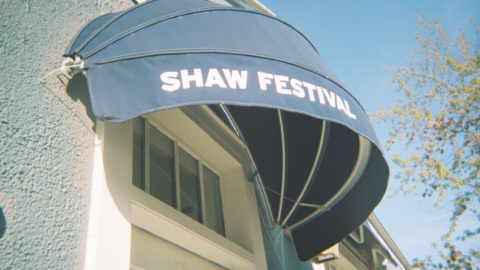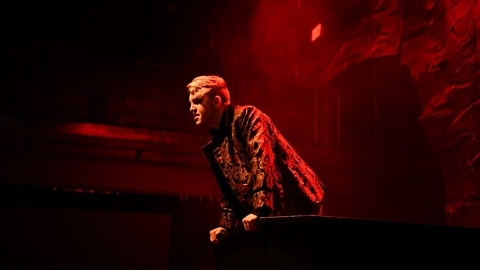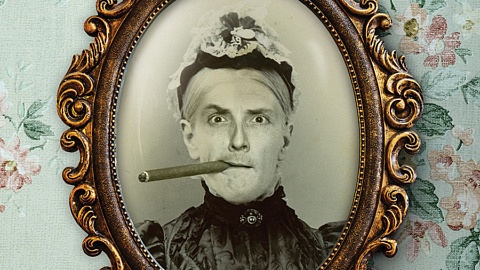Hello theatre creators, educators, scholars and everything in between! I hope you’re having a productive-yet-restful summer. Ever wonder what it’s like...
Still in two groups, one half of our embedding team returned to The Team‘s rehearsal room once again and share their final observations.
Dani Shae Barkley, Jonah Pace, and Kristina Testa write,
Returning to the Suitcase in Point rehearsal space, we are quite excited to witness the progress that the artists of The Team made since our last visit. We enter the rehearsal room and the cast’s energy is even higher than it was during our last visit one week ago. Director Colin Anthes makes some last-minute notes and the cast members don their White Oaks basketball jerseys (White Oaks is the fictional school that the characters attend), as a full run-through of the play is at hand. Making our way to our seats, we notice that playwright Michael Kras is also present; he introduces himself, and expresses his excitement about seeing his playtext brought to life. As we settle in, Laura Welch (Jenna) tells us all to “buckle up”. This would be our first time witnessing a full-length performance of Kras’ play and the actors’ first time performing it in its entirety.
The rehearsal, or shall we say, the game begins. Since our last visit, the cast has made much progress, as all of the actors are off-book. Despite the hot rehearsal room, honking cars outside, and voices from the next room, the actors’ enactment of intricate moment-to-moment action keeps us engaged. Basketballs are not used in the show; thus, each member of the cast has to imagine and mime holding, dribbling, and shooting the basketballs. Because the actors demonstrate agility in their roles as athletes, they easily transport us from the rehearsal room to the basketball court. The actors nail almost every line throughout the run.

Kaylyn Valdez-Scott, Laura Welch, Emily Lukasik, Kaitlin Race, and Lennon Bradford in The Team. Photo by Lauren Garbutt Photography.
Excitedly, we watch the actors revisit the party scene that was carefully built during our last embedding session. Now, within the context of its inciting action, we relive the intensity that was so tangible during its creation. All at once, Jenna (Welch) is drunk, Jess (Kaylyn Valdez-Scott) is leading girls in a game of “Never Have I Ever,” Alicia (Kaitlin Race) and Bobbie (Lennon Bradford) are joining in the fun, and Miranda (Emily Lukasik) is capturing an illicit video. At one point during the chaos, Welch, in-role as Jenna, comes directly beside our seats and pretends to vomit in the bathroom. We, the embedders, are so emotionally involved in the plot that we silently gag and turn away from Jenna’s action.
At the end of their performance, the team forms a circle and Anthes offers the actors notes about the run-through. He offers the actors many compliments, suggestions, and questions throughout his feedback. Within the team’s discussion of blocking choices, Anthes asked some of the actors to “share” specific lines during the play. We are curious about the physical action he is requesting the actors embody when he asks them to share. “Sharing” a line or theatrical moment is shorthand used by the creative team in ECT’s rehearsal space.
Evidently, to “share” a line means that the actor should open up their body, directing the line outward to the audience, instead of directly facing the other actors. Following the feedback, the cast sits down and goes over lines. At the request of some of the cast members, certain scenes are revisited for clarification purposes. They go over a confrontation between Bobbie and Miranda. At Lukasik’s suggestion, the cast puts the scene on its feet in order to alleviate any mental blocks caused by the actors’ stagnant, seated position. After witnessing the incorporation of movement into the scene, it is evident to us that the actors’ dialogue relies on their physicality and vice versa. When the actors embody their characters in voice and physical impulse, they glide through the scene, demonstrating the inseparability of voice and movement in the actors’ memory work.
It is a long rehearsal, full of exhausted laughter. While reworking parts of the party scene after the full run-through, Valdez-Scott experiments with different ways of delivering her lines and laughter erupts. Encouraging the team to remain focused, Anthes responds to the laughter by telling everyone to “shake it off.” Impressively, these artists instantly jump back into character and continue on with the scene. They also work on slow-motion choreography, depicting a drill called Loyola. It is an intricate section wherein each word has a corresponding movement. The performers stop and start, asking each other many questions in order to clarify their own tracks. After some detailed alterations and clarifications, on Anthes’ direction, the cast performs the scene “once more for good luck.”
After some concentrated work on these specific sections, the rehearsal comes to a close and a check-out circle ends the day. The team shares their thoughts, expressing their appreciation for one another. We, the embedders, cannot help but snap our fingers in support of the sentiments offered by the cast.
Overall, the rehearsal is intense and emotional, but, most of all, captivating. We believe the creative team is right to be pleased with their work. During a moment of group discussion, Kras shares with everyone that “The exquisite clarity with which [the show] is coming together is incredibly affirming.” Moreover, it is an honour to be included in ECT’s process and to witness the practice of such humble and generous artists. We look forward to finally seeing the show onstage at the FirstOntario Performing Arts Centre on the 20th of March. The whistle blows, practice is over, and now it’s time to make some plays!
Related Posts
For nearly two years, theatre lovers have felt entrapped in their own little purgatories. Artists have been unable to perform on stages, and audiences been...
Frances Johnson graduated from the Department of Dramatic Arts in 2020 and was about to begin an internship at the Shaw Festival when the Covid-19 pandemic...
For nearly two years, theatre lovers have felt entrapped in their own little purgatories. Artists have been unable to perform on stages, and audiences been...
Frances Johnson graduated from the Department of Dramatic Arts in 2020 and was about to begin an internship at the Shaw Festival when the Covid-19 pandemic...
Leave a Reply (Cancel Reply)
Twitter Feed
Blogroll
DARTcritics.com is partially funded by the Marilyn I. Walker School of Fine and Performing Arts, in support of student learning; experiential education; student professionalization; public engagement with the teaching, learning and production activities of the Department of Dramatic Arts; new ways of thinking; and the nurturing of links with our communities.






